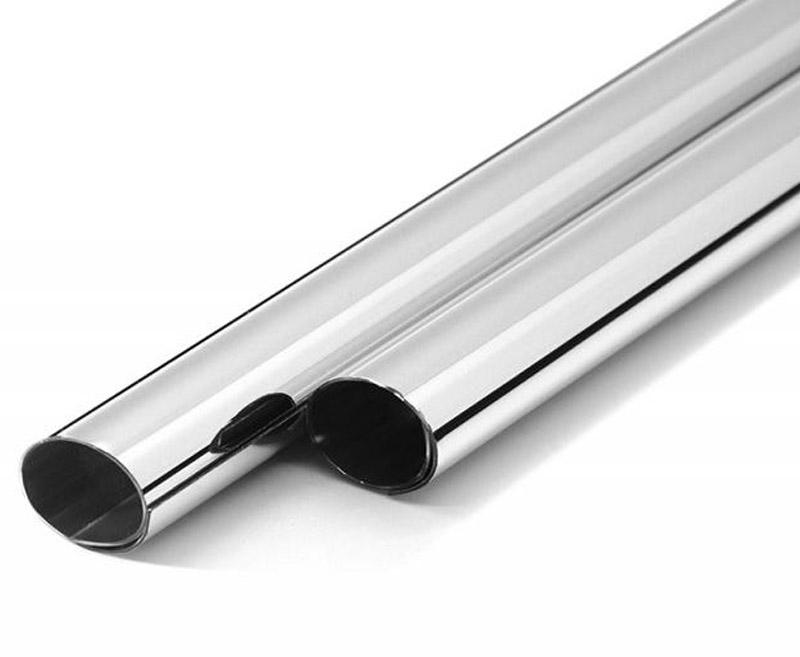Innovative Patterns for Variable Decorative Pipe Covers
House renovations frequently come making use of their great amount of problems, especially as it pertains to concealing unpleasant components like subjected pipes. While these useful components are essential, they could interrupt the visual charm of a space. Enter flexible decorative pipe covers—a simple but clever option getting rapid popularity in contemporary do-it-yourself projects.

What Are Flexible Ornamental Tube Covers? Variable decorative pipe addresses are flexible, personalized products designed to hide subjected pipes, mixing operation with style. Unlike standard firm covers, these variable possibilities may adjust to numerous tube forms and measurements, making them an ideal selection for a wide selection of spaces, from bathrooms to kitchens to living areas. Owing with their convenience and appearance, pipe covers are actually presented in numerous trending restoration websites and interior design guides. 5 Reasons to Use Variable Ornamental Tube Covers 1. Enhanced Artistic Appeal Subjected pipes is an eyesore, particularly in areas with a minimal or clean-lined design. Flexible decorative tube covers transform these unattractive elements into cohesive parts of the room's décor. Available in various colors, styles, and resources, they could match nearly every interior design, from rustic farmhouse to smooth modern spaces. For instance, data suggest that 63% of homeowners focus on improving their home's appearance all through renovations. With pipe addresses, you are able to align uncomfortable pipes with the remainder of one's design seamlessly. 2. Cost-Effective Answer Renovation fees easily stack up, as fittings, work, and finishes frequently take up a substantial section of one's budget. According to a current review, 41% of homeowners intention to help keep reconstruction expenses below $10,000 while however achieving reduced look. Flexible tube covers are an inexpensive option to custom-made alternatives, giving an easy resolve without compromising style. 3. Flexibility in Program Whether your space features vertical, horizontal, or irregularly designed pipes, variable tube addresses change to suit snugly. This flexibility is very important in older properties, wherever plumbing installations may possibly be more unconventional. Their ease of installment means you can achieve a polished finish without selecting particular professionals—more lowering costs. 4. Toughness and Protection Several variable decorative tube covers are manufactured from sturdy products such as for example PVC or silicone, which not only last for years but also offer added protection. They can become a buffer, shielding pipes from unintended damage or severe conditions. Also, pipe covers can be particularly useful in properties with children or pets, avoiding direct connection with hot or sharp-edged pipes. 5. Eco-Friendly Solution Sustainability is an increasing concern among homeowners, with eco-friendly renovations seeing an important rise. Several flexible decorative pipe covers are made from recycled or sustainable products, giving you the ability to stability appearance with environmental responsibility. Selecting such solutions aligns with the broader goal of lowering waste in do-it-yourself projects.

Why Tube Addresses are Trending in House Renovations Interior design tastes are repeatedly developing, but customization remains a top concern for homeowners. Flexible ornamental pipe covers check all the right boxes—they save your self time, lower expenses, and obtain an expert yet personalized finish. They are becoming a trending answer for innovative renovators seeking to mix ingenuity with functionality. Final Ideas A house restoration is just as much about improving the important points since it is all about transforming spaces. Variable ornamental tube covers provide a winning mix of practicality and aesthetics, allowing homeowners to reimagine their decorations seamlessly. Lightweight, economical, and customizable—it's no surprise they are taking middle point in reconstruction trends.